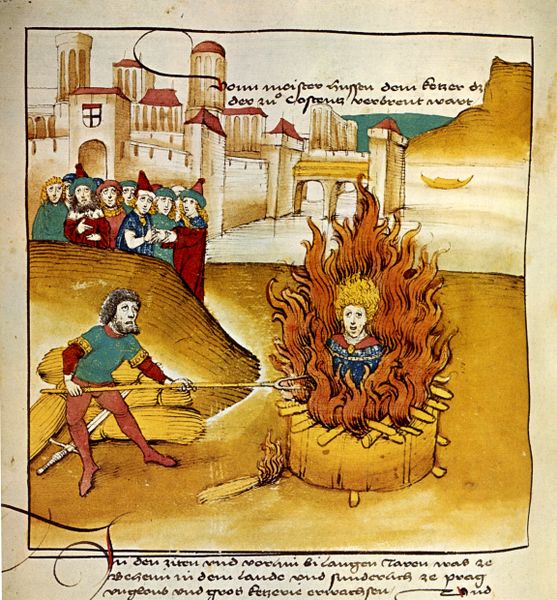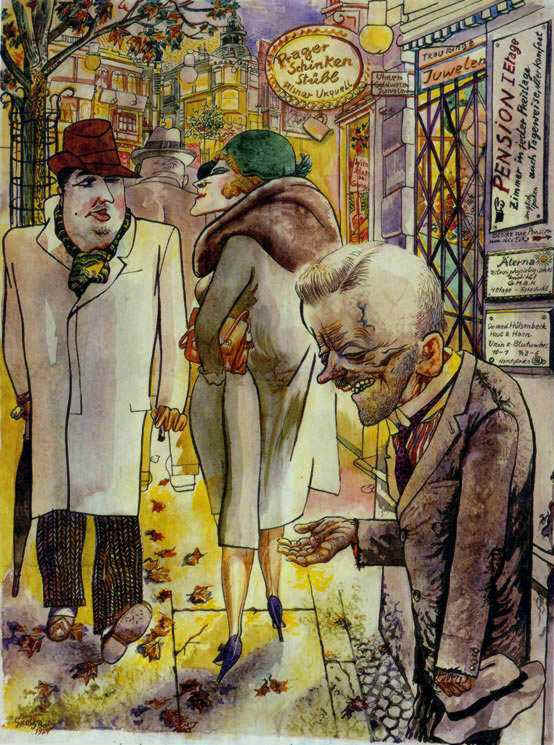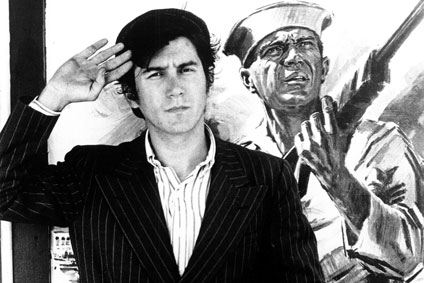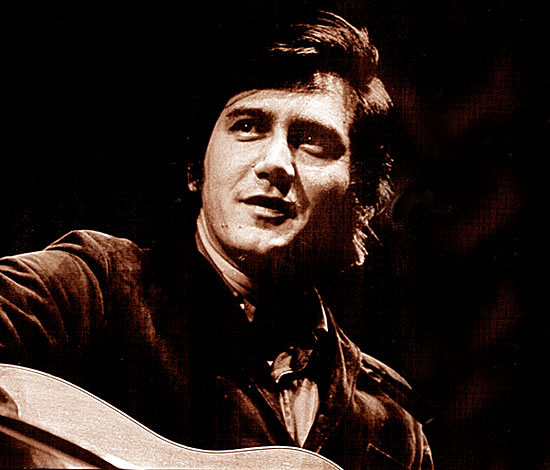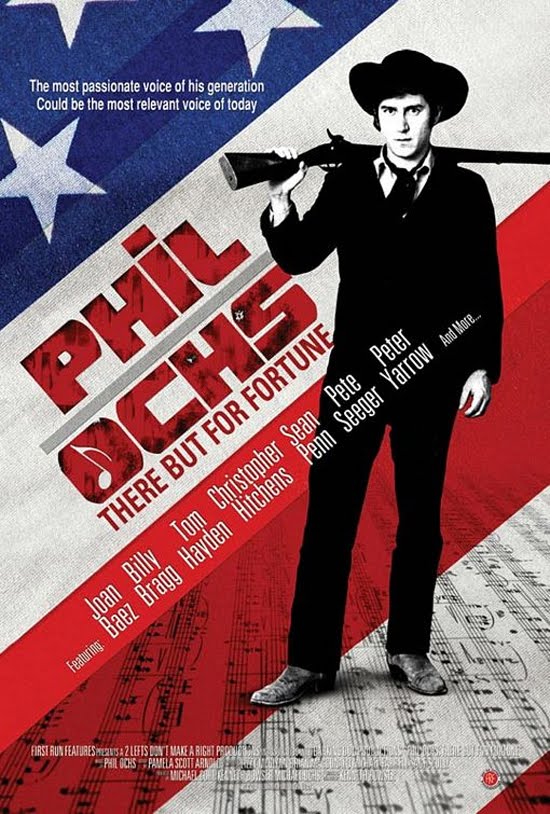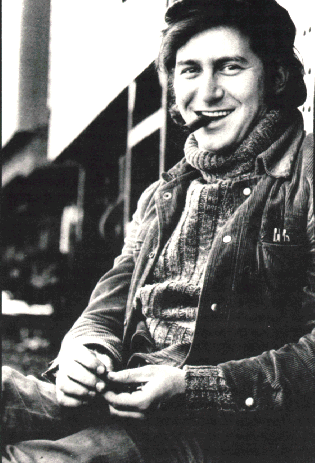
Queen Elizabeth I of England, the “Ermine Portrait” attributed to William Segar (formerly, to Nicholas Hilliard), 1585. Oil painting for William Cecil, Lord Burghley. (Hatfield House, collection of the Marquess of Salisbury) Read More: http://ansmagazine.com/Winter07/Cabinet
The Elisabethans stare from museum walls, strangely contemporary yet remote. There is a presumption that we should recognize in these portraits of Raleigh and Drake and Edmind Spenser, the prototypes of modern man, freed from the old patterns and relative simplicities of the Middle Ages and possessed of a sensibility similar to our frame of reference. Alas, they remain strangers. Specimens pickled in time. Despite the frank confident expression in their eyes, there is a problem in discerning distinct individuality. There is a contradictory juxtaposition; Faces of a man’s man, short hair and trim beards are at odds with the peacock display of their bright ornamented attire.

The Procession Portrait. Robert Peake the Elder 1590. Read More: http://www.ask.com/wiki/Portraiture_of_Elizabeth_I
Although we know the Elisabethans to have been passionate and volatile, they are portrayed with a stiffness and formality close to heraldry. There is a sense we are viewing heroes emblazoned on canvases, emblems of chivalry rather than unique personalities. The essential mystery of what it felt to be alive in the middle years of Elisabeth’s reign remains an unsolved enigma.
Edmund Spenser comes closest to unraveling the mystery behind these public faces, for his “The Faerie Queen” is a record of man’s mind responding to and being modified by the Elisabethan Age. At first, the journey through the poem seems daunting. From the first stanza we are in a strange, abstract world.

Sir Francis Drake wearing the Drake Pendant, a cameo of the queen. Gheeraerts the Younger, 1591. Read More: http://www.ask.com/wiki/Portraiture_of_Elizabeth_I
A gentle Knight was pricking on the plaine,
Ycladd in mightie armes and silver shielde,
Wherein old dints of deepe woundes did remaine,
The cruell markes of many’ a bloody fielde;
Yet armes till that time did he never wield.
His angry steede did chide his foming bitt,
As much disdayning to the curbe to yield:
Full jolly knight he seemed, and faire did sitt,
As one for knightly giusts and fierce encounters fitt.
Like the Elizabethans of the portaits, the poet’s personality is elusive. The knight pricking on the plain quickly vanishes into that golden haze that surrounds the Elisabethan Age. The images that define “England’s Glorious Hour” is imbued with images of the queen addressing her troops at Tilbury, flame haired and dazzling, a silver corselet over her white velvet dress; Drake playing bowls on Plymouth Hoe while the Armada sweeps through the channel; Raleigh’s absorbent cloak, Hilliard’s miniatures; Ben John son roistering at the Rose; the gardens of hampton Court; the lascivious pleasing of a lute.

Sir henry Unton. Like any ambitious Elizabethan he was, of necessity, a courtier who parlayed his friendship with the Queen's reigning favorite, in this case the Earl of Essex, into an appointment as ambassador to France. When Unton died abroad of a fever in 1596 his widow commissioned an artist to depict him amid the scenes, above, of ehat had been a totally exemplary Elizabethan life. Read More: http://www.esacademic.com/dic.nsf/eswiki/296439
Spenser belongs somewhere in this world, but he also belonged to another, darker world. This was the filth and stench of the London streets and a gang of blind beggars trying to club a pig to death; the constant threat of plague; Bedlam; appalling cruelty: men strung up, cut down still living, castrated and disembowled;Elisabeth at Kenilworth Park releasing a captured deer, but first cutting off its ears.
ADDENDUM:
Elizabethan Bear & Bull Baiting were immensely popular sports during the Elizabethan era. Even Queen Elizabeth was pleased to spend an afternoon watching these forms of entertainment. Bull baiting had been introduced to England during the Medieval period of the 1200′s – nearly every town in Elizabethan England had a Bull and Bear baiting ring. Seen as a great sporting and gambling event. Upper and Lower classes took part of it. A lot amounts of money were payed on the outcome of the these contests. Bearbaiting was where a bear was tied to a stake and four or five trained dogs would attack it most bears would walk away with torn noses, mouths and permanent scaring. Sometimes though the bear did not make it out of the ring alive. Bullbaiting was a lot like this a bull would be tied to a stake and be have dogs fight it until the bull died. Other sports included whipping a blind bear unlit blood was drawn. Read More: http://www.kidpub.com/story/lst-i-believe-your-doing-speech-animals-rights-and-stuff-right-i-may-have-wrong-person-oh-well a

Portrait of Maria di Cosimo 1. 1555-1557 Alessandro allori, Historical Art Museum Vienna. Read More: http://www.audreybmorin.ca/costumes/blue_dress/index.htm
—————————————————
“There were three Ravens.”—The north-country version of this noble dirge contains some verses of appalling intensity:—
“His horse is to the huntin gane
His hounds to bring the wild deer hame;
His lady’s ta’en another mate,
So we may mak our dinner sweet.
“O we’ll sit on his bonny breast-bane,
And we’ll pyke out his bonny gray een;
Wi’ ae lock o’ his gowden hair,
We’ll theek our nest when it blaws bare.
“Mony a ane for him makes mane,
But none sall ken where he is gane:
Ower his banes when they are bare,
The wind sall blaw for evermair.” read More: http://www.gutenberg.org/files/27129/27129-h/27129-h.htm
———————————————————–
The medieval idea of an Ordered Chain of Being constituted a grand “unified theory,” actually a belief system: the Elizabethans believed in a hierarchical ordering of all existence from heavenly bodies to a hierarchical ordering in society with a semi-divine monarch at the head to a hierarchical ordering of human physiology and psychology. These hierarchies were connected by a complex of “correspondences.” Tillyard argues that Ulysses speech on “degree” from Troilus and Cressida is Shakespeare’s most comprehensive document on the Chain of Being.
Of the “chaos, when degree is suffocate,/ Follows the choking,” which concludes Ulysses’ speech, Tillyard comments: “If the Elizabethans believed in an ideal order, animating earthly order, they were terrified lest it should be upset, and appalled by the visible tokens of disorder that suggested its upsetting. They were obscessed by the fear of chaos and the fact of mutability; and the obsession was powerful in proportion as their faith in the cosmic order was strong…. to an Elizabethan [chaos] meant the cosmic anarchy before creation and the wholesale dissolution that would result if the pressure of Providence relaxed and allowed the law of nature to cease functioning.”
This concept of order, and conversely the constant threat of disorder, goes a long way to informing many aspects of Shakespeare’s plays, particularly the histories and tragedies: among those aspects are Shakespeare’s translation of source material into the plot structures of his plays, the psychology of his characters, the imagery that informs their speeches, and their fate they must confront. Read More: http://www.wvup.edu/mberdine/Shakespeare/ShakElizWorldView.htm
]]>





